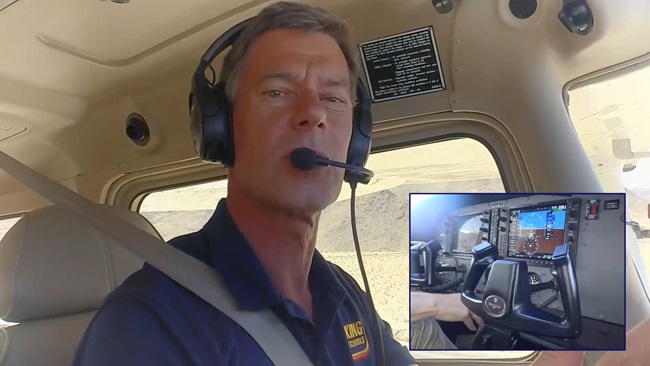When Dallas, Texas, Mayor Mike Rawlings declared a public health emergency to combat a record outbreak of West Nile virus, a general aviation company based in Bridgewater, Va., mobilized to lead the assault on virus-carrying mosquitoes.
Dynamic Aviation of Bridgewater has sent four King Air 90 turboprops to Dallas for 10 days of aerial application missions, said company President Michael A. Stoltzfus. The four aircraft—two from Bridgewater and two more deployed from Louisiana and Wyoming—were headed for Dallas Executive Airport where the spraying missions would be staged at night.
Dynamic Aviation has 30 years experience applying pesticide for mosquito control, and would perform the work in Dallas under a “prearranged contingency contract,” Stoltzfus said in a phone interview.
This year has marked the worst period for West Nile virus infections since the virus was first reported in this country, said health officials.
“Thus far in 2012, 43 states have reported West Nile virus infections in people, birds, or mosquitoes,” said the Centers for Disease Control in an online update on the problem Aug. 14. “A total of 693 cases of West Nile virus disease in people, including 26 deaths, have been reported to CDC.”
The 693 cases were “the highest number of West Nile virus disease cases reported to CDC through the second week in August since West Nile virus was first detected in the United States in 1999. Over 80 percent of the cases have been reported from six states (Texas, Mississippi, Louisiana, Oklahoma, South Dakota, and California) and almost half of all cases have been reported from Texas,” said the CDC update.
Dynamic’s four two-pilot crews, equipped with state-of-the-art night vision goggles, were to conduct nocturnal application flights over Dallas and suburbs, down to a “hard deck” of 300 feet above ground level. Night flights were preferred in part because of the typically thunderstorm-prone weather of afternoons in the Dallas areas, Stoltzfus said.
Flights are conducted under basic VFR conditions, with at least one member of the flight crew with eyes outside at all times during the flights to apply a pesticide called Duet. Stoltzfus expected the aircraft to be on the scene for about 10 days, to complete two applications with a two-day pause in between.
The missions mark Dynamic’s first aerial-application work in Dallas. The company has provided service in other Texas communities including Houston and Galveston—some of the missions flown in the aftermath of hurricanes.
As a pilot with several hundred hours of low-level work in DC-3s and King Airs, Stoltzfus noted that the work provides his crews with a relished opportunity to serve the public, while doing some good work in the cockpit.
“Strictly from a flying point of view, it’s the funnest flying, hands down, bar none, that I’ve ever done,” he said.



